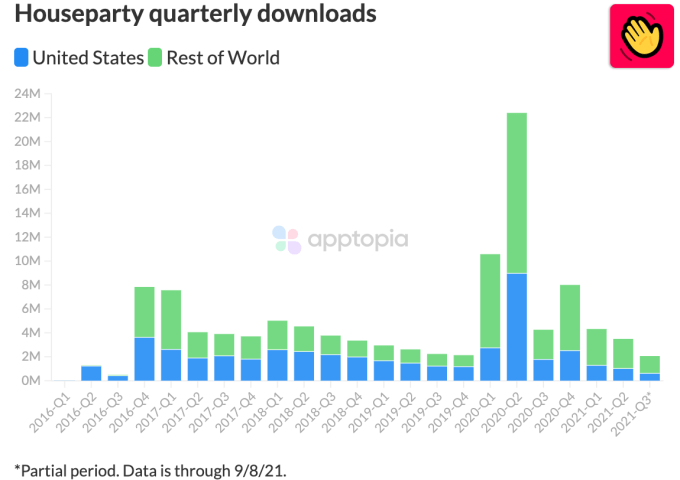A battle between Box and its majority shareholder Starboard Value over control of the board ended today when the company’s slate of directors easily defeated Starboard’s. It culminated months of maneuvering on both sides as they battled for control of the company.
Box, in a somewhat generic statement, expressed gratitude for the results:
Box appreciates the support and perspectives we have received from our stockholders throughout this process. The Board and management team will remain focused on continuing to transform Box and executing Box’s strategy to grow profitably and deliver significant value to all Box stockholders.
Starboard on the other hand, as you might expect, was unhappy with the outcome and didn’t hide that in a letter to shareholders released earlier today.
“We are certainly disappointed by the results of this election, which were heavily skewed by the voting rights tied to the preferred equity financing and the use of stockholder capital to aggressively repurchase shares ahead of the record date from stockholders likely to support change. At this juncture, the future of Box is in the Board’s hands, and there is a significant amount of work left to be done. Many commitments have been made, and we hope that Box will finally be able to follow through on its promises to drive improved results, accountability, governance, and compensation practices,” managing director Peter A. Feld wrote in the letter.
This all began when Starboard Value invested in Box, taking a 7.5% stake, which would eventually grow to 8.8% in the company. With that stake, it became the largest shareholder, but it remained relatively quiet until March of this year. That is when public rumblings began that Starboard was unhappy with the direction of the company, a conflict that could have ultimately resulted in the ouster of founder and CEO Aaron Levie or the sale of Box.
The situation took an interesting turn when Box announced it was taking a $500 million investment from KKR, a move that Starboard took great exception to and made clear in a letter published at the beginning of May that it wanted significant changes to take place. As we wrote at the time:
While they couched the letter in mostly polite language, it’s quite clear Starboard is exasperated with Box. “While we appreciate the dialogue we have had with Box’s management team and Board of Directors (the “Board”) over the past two years, we have grown increasingly frustrated with continued poor results, questionable capital allocation decisions, and subpar shareholder returns,” Starboard wrote in its letter.
Less than a week later Starboard made a move for board seats and the battle was on for control. Box’s position was strengthened by two decent earnings reports prior to the vote; the company took the unusual move of delivering the results early in order to give the voters that information prior to the vote.
The company also made the unusual move of filing a document with the SEC that pushed back against Starboard’s slate of candidates. In the end, Box won the battle. Alan Pelz-Sharpe, founder and principal analyst at Deep Analysis, who has been watching the content management space where Box operates for years, sees this as a victory for Levie and Box.
“It was not a surprise to me that Box won the day. In my opinion, Starboard misread and underestimated the loyalty that Aaron Levie generates. The fact is that to most Box employees and investors, the company is a success story, and they also know that the customer base is pretty engaged and that there is plenty of room for future growth,” he said.
“For Box this vote of confidence will mean that they can (if they want) make some acquisitions and invest more in R&D moving forward, without constantly having an aggressive investor looking over their shoulder,” Pelz-Sharpe added.
It’s hard to know what happens next, but Starboard still maintains its shares for now, and it still has some clout in those numbers. Throughout its ownership tenure, Box has performed better, as the recent earnings results have shown, and the firm says that this remains the ultimate goal.
“As we have repeatedly stated, our only goal has been to help Box perform better and adopt best-in-class practices across operating performance, financial results, governance and compensation in order to create long-term value for the benefit of all stockholders. We will continue to monitor progress at Box, and we hope to see the company embrace the changes catalyzed by our involvement and create long-term value,” Starboard’s Feld wrote.
Source: Tech Crunch








